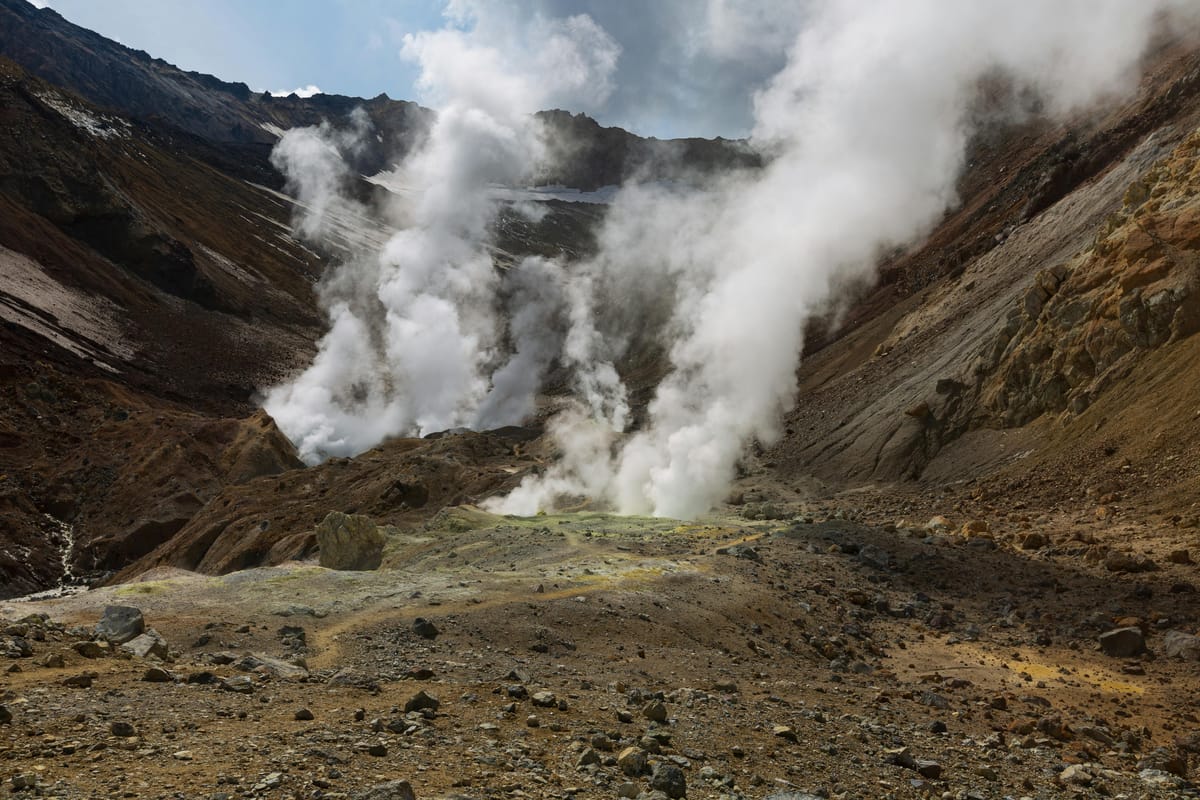Geothermal Energy 2.0: Can Enhanced Systems Unlock Global Potential?

Enhanced Geothermal Systems are gaining traction in Eastern Europe, offering the potential to harness geothermal energy in regions previously considered unsuitable. By creating artificial reservoirs in hot, dry rock formations, EGS technology enables the extraction of geothermal energy beyond traditional hotspots.
Romania- Oradea, in partnership with Icelandic Geothermal Engineering, is replacing coal with geothermal energy ior district heating, cutting CO2 emissions and enhancing energy security.
Hungary – The Szeged Geothermal Project, launched in 2022, includes 27 wells and 16 heating plants, aiming to provide heat for 27,000 flats and 400 non-residential consumers, making it one of the largest geothermal district heating systems in Europe.
Croatia – In Čađavica, Croatia, an exploratory well at 4,300 meters depth confirmed significant geothermal potential, leading to plans for a 20 MW geothermal power plant in the Virovitica-Podravina County.
Ukraine – Ukraine’s Dnipro-Donetsk depression holds geothermal energy potential from abandoned oil and gas wells, with estimates suggesting two wells could generate between 0.4 and 4.5 MW of thermal energy at depths of 3–4.5 km.
Poland - Poland’s installed geothermal capacity has risen to 129 MW, with Sochaczew planning a geothermal well by 2026 to supply 40% of its district heating and cut CO₂ emissions by 4,000 tons annually.
